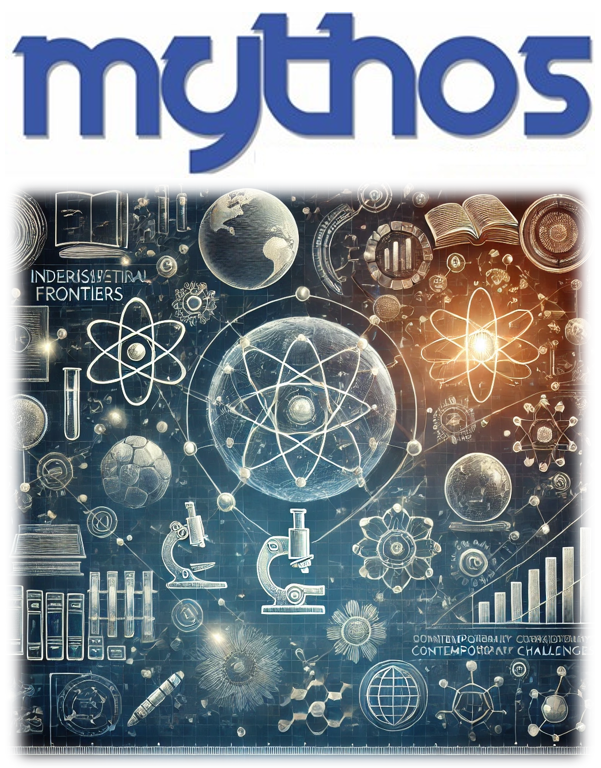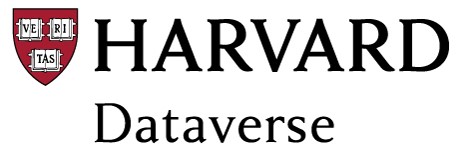INFLUENCE OF THE BUREAUCRATIC MODEL ON HUMAN RESOURCE MANAGEMENT IN THE MUNICIPAL GOVERNMENT OF PASSOS (MG)
DOI:
https://doi.org/10.36674/mythos.v22i1.992Keywords:
Bureaucracy, Human resources, LimitationsAbstract
According to Weber, bureaucracy is a form of organization characterized by a set of procedures and rules that govern the functioning of Public Administration. On the other hand, bureaucracy can also be an obstacle to the development of processes. Faced with this dilemma, the article aimed to analyze how bureaucracy influences people management in a city hall in the interior of Minas Gerais, Brazil. To this end, a qualitative-exploratory methodology was used, with data collected through interviews and document analysis. The evidence found contributed to identifying the negative impacts that the bureaucratic model causes within the organization and in the professional lives of public servants.
References
AJEMBA, M. N. (2022). Bureaucracy in business organizations. Revista Mundial de Pesquisa e Revisões Avançadas. Doi: 10.30574/wjarr.2022.16.1.1061. Disponível em: https://wjarr.com/content/bureaucracy-business-organizations
BORGES, S. (2017, 20 de outubro) Sociedade e indústria veem burocracia brasileira como obstáculo ao desenvolvimento. Fiesp. Disponível em: https://www.fiesp.com.br/sindileite/noticias/sociedade-e-industria-veem-burocracia-brasileira-como-obstaculo-ao-desenvolvimento/.
CHIAVENATO, I. (2003). Introdução à teoria geral da administração: uma visão abrangente da moderna administração das organizações. 7. ed. Elsevier.
Constituição da República Federativa do Brasil de 1988. (1998). Assembléia Constituinte. Disponível em: https://www.planalto.gov.br/ccivil_03/constituicao/constituicao.html.
FREIRE, D. A. (2019). Teoria da burocracia: pontos de aproximação à realidade da organização Acreditar Tocantins. [Trabalho de Conclusão de Curso (Graduação em Administração)]. Universidade Federal do Tocantins.
GIL, A. C. (2017). Como elaborar projetos de pesquisa. 6. ed. Atlas.
Instituto Brasileiro de Geografia e Estatística (2023). Cidades e Estados. Passos. Disponível em: https://www.ibge.gov.br/cidades-e-estados/mg/passos.html.
LOPES, A. S., SILVA, N. F. R. (2020). Teoria organizacional: uma abordagem sobre a burocracia na gestão de pessoas no setor público. Revista Valore, Volta Redonda, 5 (edição especial), 81-89.
MAXIMIANO, A. C. A. (2000). Introdução à administração. 5. ed. Atlas.
MERTON, R. K. (1970). Sociologia: teoria e estrutura. Mestre Jou.
MOURA, E. Burocracia brasileira, reforma administrativa e Estado novo: O papel do aparato administrativo no governo vargas. Rei - Revista Estudos Institucionais, [s. l.], v. 2, n. 1, p. 367–400,2023. Doi: 10.21783/rei.v2i1.31. disponível em: https://estudosinstitucionais.emnuvens.com.br/REI/article/view/31.
OLSEN, D. S. (2023). Formas de Aprendizagem: Sugestões para um Futuro Incerto. In: Dias, D. Magalhães, C. Choudhry, T. Gestão de Pessoas - Destacando Futuros. IntechOpen. Doi: 10.5772/intechopen.100864
PANTOJA, M. J.; CAMÕES, M. R.; BERGUE, S. T. (2010). Gestão de pessoas: bases teóricas e experiências no setor público. ENAP.
Prefeitura de Passos. (2022). História de Passos. Disponível em: https://www.passos.mg.gov.br/portal/servicos/1005/historia/. Acesso em: 12 abr. 2025.
REIS, F. L.; SADRUDIN, M. R. (2022). A Gestão de Pessoas nas Organizações Estudo de caso da Luz dos Pastorinhos. Revista Temas Sociais. v. 3, n. 3, p. 113-139. Disponível em: https://doi.org/10.53809/TS_ISS_2022_n.3_113-139.
SILVA, E. F. (2017). Um estudo sobre a aplicação da teoria da burocracia na execução orçamentária: o caso do setor da educação. [Trabalho de Conclusão de Curso (Graduação)]. Instituto Federal de São Paulo.
WEBER, M. (1982). Ensaios de sociologia. Editora S.A.
Downloads
Published
How to Cite
Issue
Section
License
Copyright (c) 2025 Fernanda Mayara Soares Lima, Rebeca Gonçalves de Freitas Silva, Stephanie Duarte Estéban, João Francisco Sarno Carvalho, Joyce da Cruz Teixeira

This work is licensed under a Creative Commons Attribution 4.0 International License.
Since January of 2024, the authors retain the copyright relating to their article and grant the journal Mythos, from FEPESMIG, the right of first publication, with the work simultaneously licensed under the Creative Commons Attribution 4.0 International license (CC BY 4.0), as stated in the article’s PDF document. This license provides that the article published can be shared (allows you to copy and redistribute the material in any medium or format) and adapted (allows you to remix, transform, and create from the material for any purpose, even commercial) by anyone.





























